Hisense U7K review: Mini LED masterclass – without the massive price
This Mini LED from Hisense punches well above its asking price, making it a great option to consider

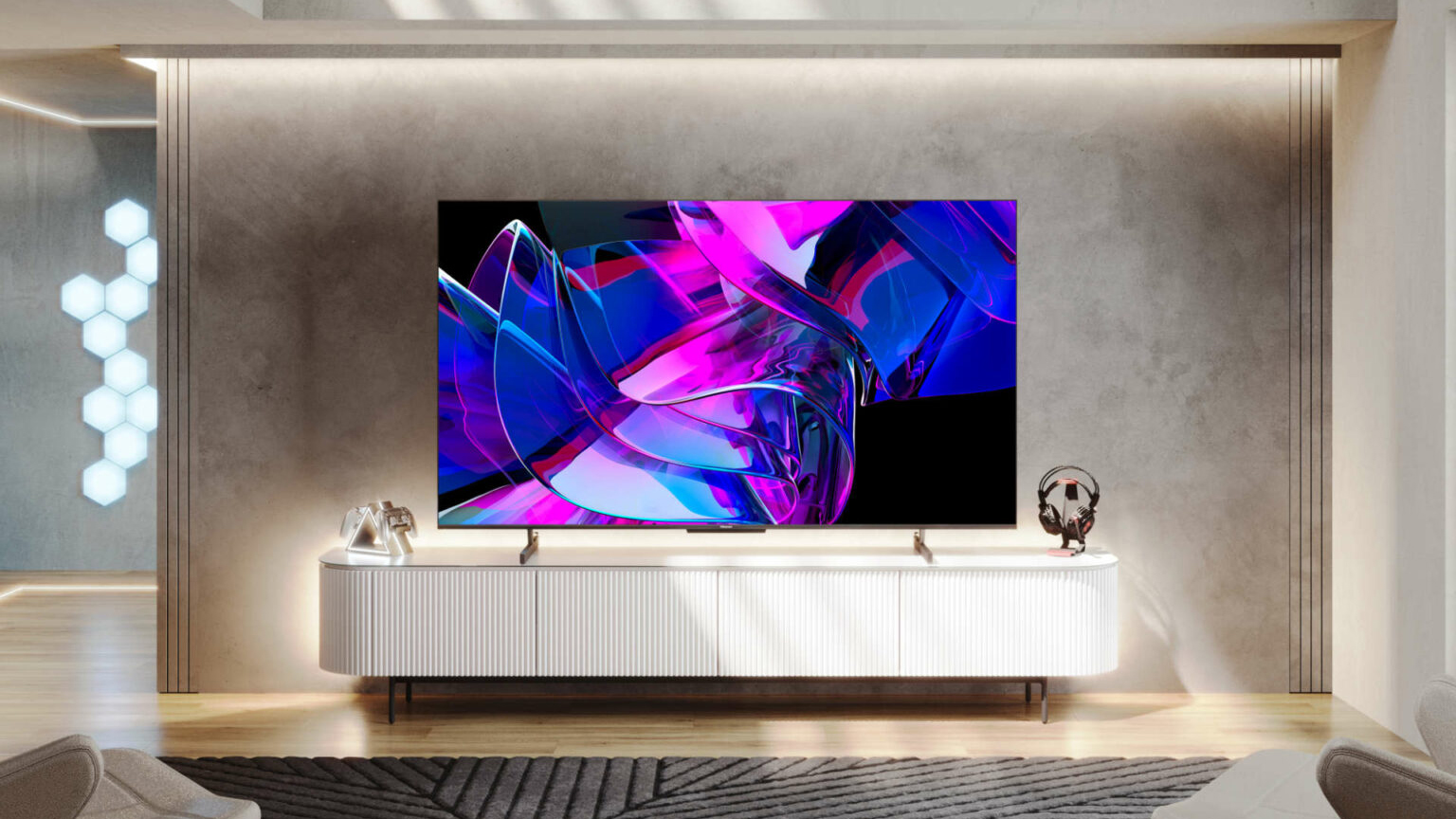
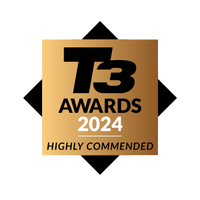
If you want big, accomplished high-resolution images from an impressively specified television, and you’re not bothered about the cachet of the brand logo it carries, you could do an awful lot worse than check out this overachiever from Hisense. Try to budget for a soundbar at the same time, though, and you've got one of the best more affordable Mini LED packages on offer...
-
+
Deeply competitive specification
-
+
Bright, vivid and well-controlled pictures
-
+
Proper smart TV interface
-
-
Sound is underwhelming
-
-
Far from the most accomplished upscaler around
Why you can trust T3

Never let it be said that Hisense doesn’t know how to attach an eye-catching price-tag to its products. It’s pretty adept and piling on the features, too. This U7K is just the latest demonstration of these facts (reviewed here as the 65-inch 65U7KQTUK model – it's also available in 55-, 75-, 85- and a mega-massive 100-inch models).
Mind you, it’s equally true to say that Hisense has almost as many ‘misses’ in its history as it has ‘hits’. So even though the U7K TV seems to be specified well in excess of its asking price, whether or not it constitutes ‘value for money’, let alone ‘a bargain’, can only be established once it’s plugged in and doing its thing. So how does it fare?
Hisense U7K: Price & Availability
The Hisense U7K is on sale now, and in the United Kingdom the 65-inch model is priced at a very enticing £1499 (the 55-inch is £1199, the 75-inch £1799).
TVs need to have slightly different specifications in different territories, of course, but Hisense sells something very similar indeed to this product both in America and in Australia - in the States the 65-inch model is an incredibly affordable $1049, while it’s a similarly bargainous AU$2299 in Australia.
Good luck finding anything that competes both in terms of specification and in price in any of these markets.
Hisense U7K review: Features & What's New?
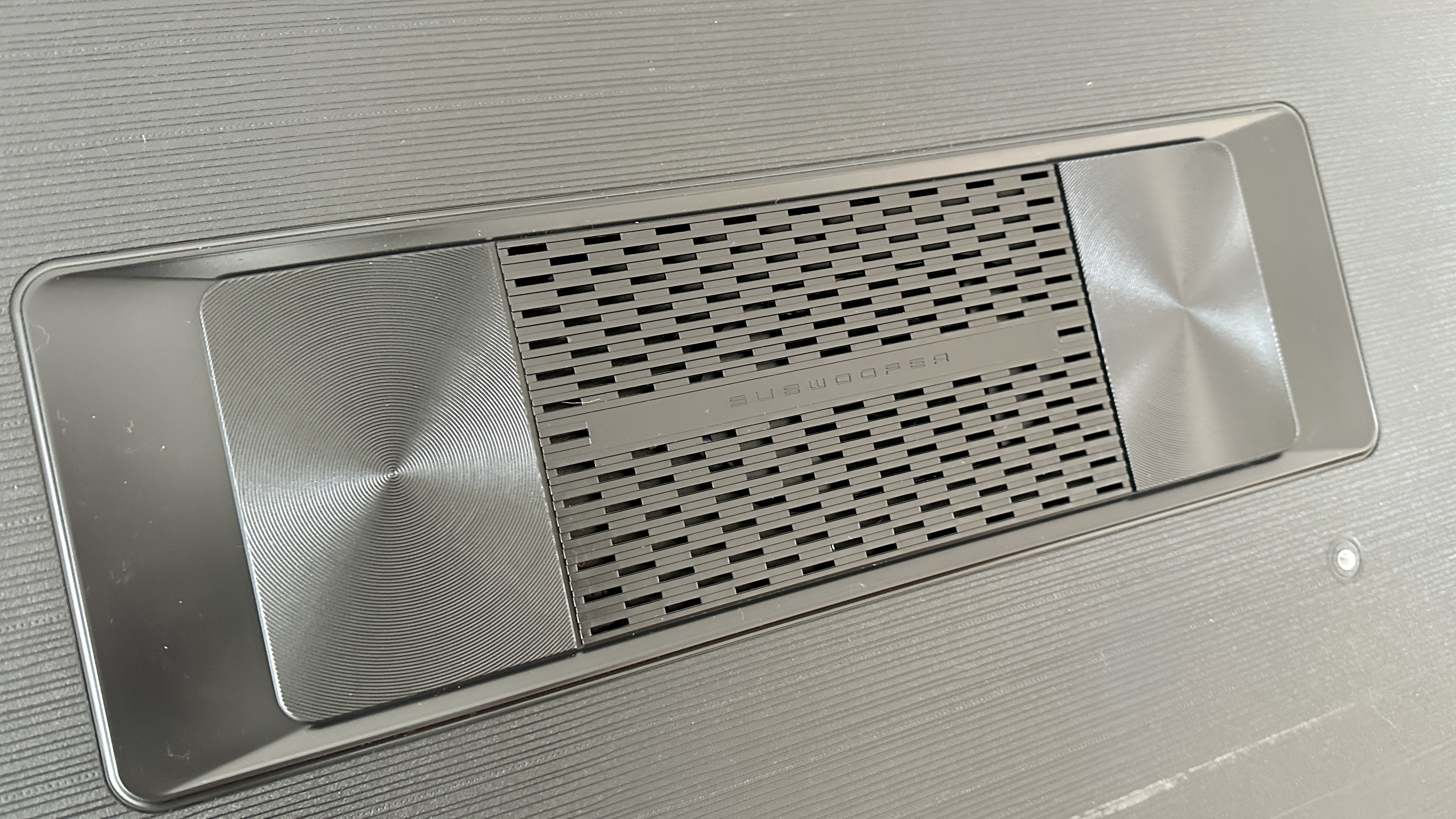
The U7K is a 4K ‘ULED’ TV. In Hisense-land, ‘ULED’ refers to a television that has, among other features, ‘ultra-wide colour gamut’, ‘ultra local dimming’, ‘ultra 4K resolution’ and ‘ultra-smooth motion rate’. Some of these features appear on the company’s ‘QLED’ Quantum Dot TVs too, of course - and, in fact, the U7K features Quantum Dot technology too. But for some reason Hisense doesn’t call it a ‘QLED’. Perhaps because it also has Mini LED backlighting technology on board, in addition to all those ‘QLED’ and ‘ULED’ features.
It’s all a bit confusing, to be honest, and I’m glad I’m not the one in the showroom attempting to explain it to prospective customers.
Mini LED backlights a 144Hz LED panel, and that’s a refresh rate that’s good news for gamers of all types and PC gamers in particular. Thanks to the ‘Hi-View’ quad-core processing engine, the screen is able to handle all high dynamic range standards - with Dolby Vision IQ and HDR10+ Adaptive particularly welcome - and it's IMAX Enhanced and Filmmaker Mode-certified too.
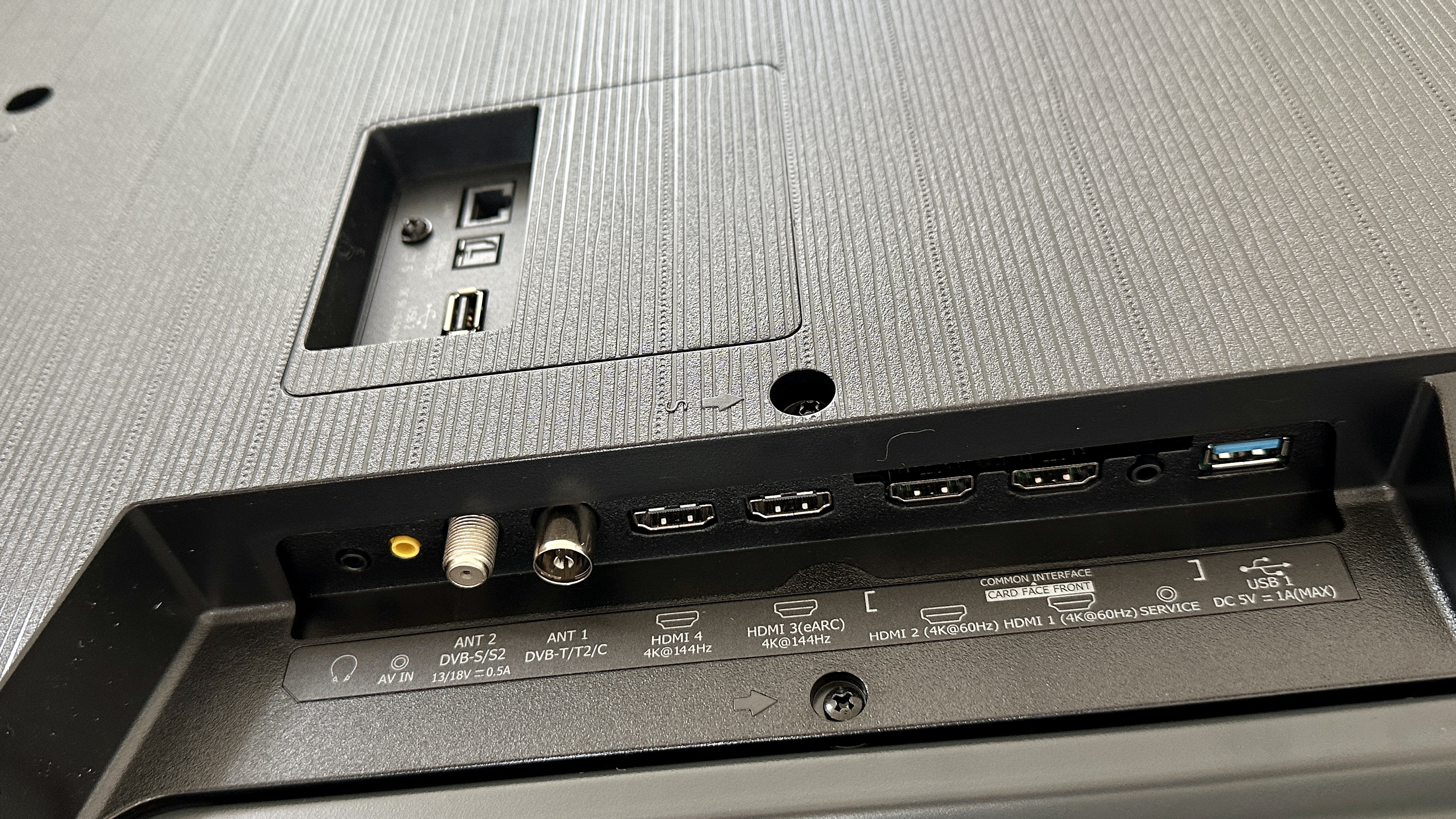
Gamers are further indulged by half of the Hisense’s four HDMI inputs, as two of them are at 2.1 standard and compatible with 4K/144Hz, VRR, AMD Freesync Premium and ALLM. Gamers also get a ‘Game Bar’, which is a pop-up menu showing a lot of game-relevant information that you’d otherwise have to leave the game to access.
One of those full-fat HDMI inputs also takes care of eARC. Other physical connections include an Ethernet socket, composite video via a single 3.5mm input, two USB-A slots (one of 3.0 standard, the other 2.0) and a couple of aerial posts. There are digital optical and headphone outputs, too. Wireless stuff is taken care of by Bluetooth 5.0 and dual-band Wi-Fi 6.
The audio system is a 2.1-channel affair, with a couple of forward-facing full-range drivers supported by a rear-facing low-frequency driver (behind a cover that reads ‘SUBWOOFER’ as if it were a dangerous animal or something). It has 40 watts of power, and can do a 2.1-channel thing with Dolby Atmos soundtracks.
Hisense U7K review: Performance
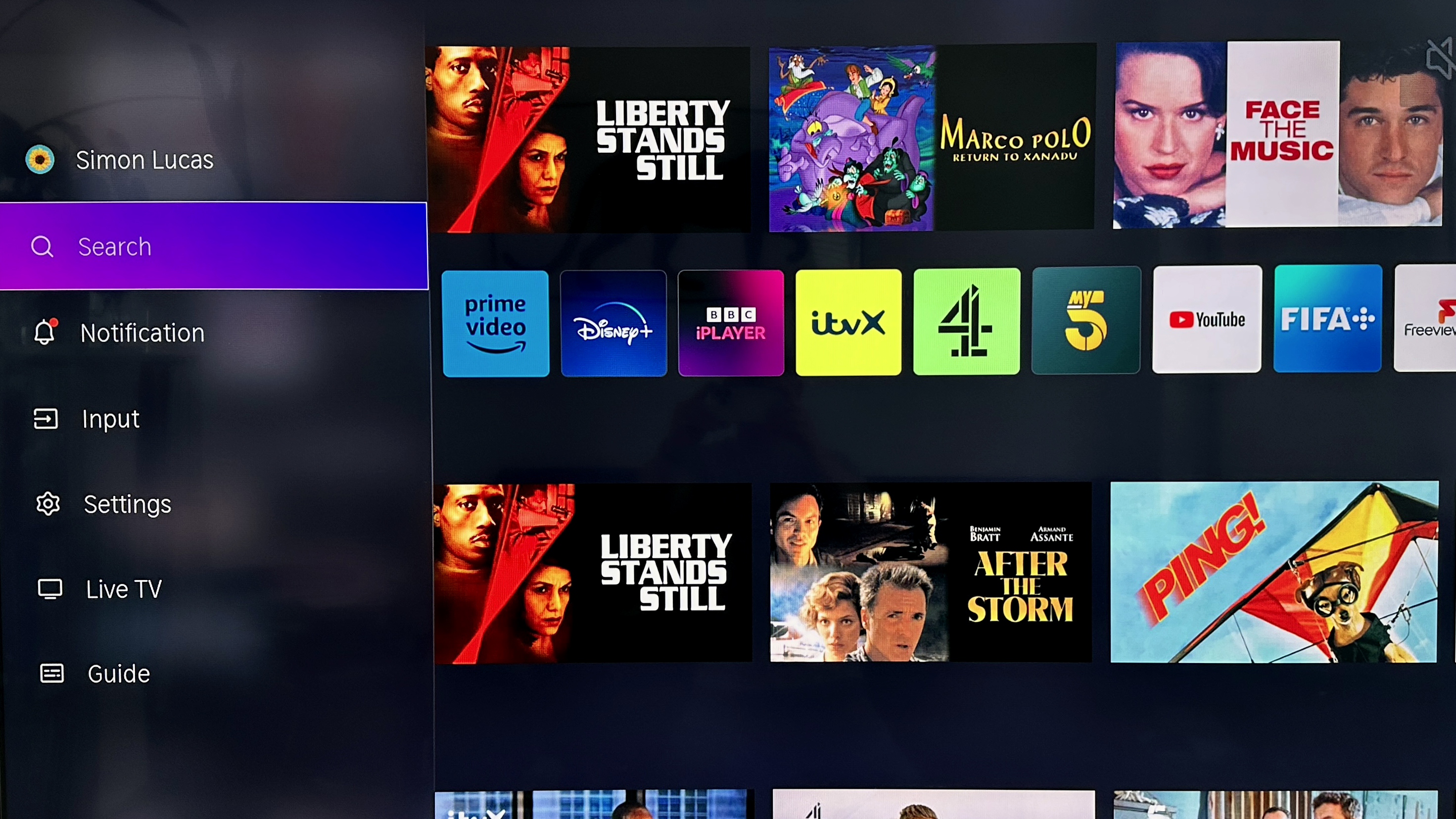
Have you got a source of native 4K content? Ideally with some HDR action involved? If so, you can get the best out of the Hisense U7K - and no matter if you’re using a video streaming service, a current-gen games console, or a UHD Blu-ray player, the Hisense’s best is very agreeable indeed.
Contrasts, for example, are very impressive thanks to the screen’s ability to generate quite deep and very varied black tones - along with the control of backlighting it demonstrates and the clean, detailed white tones it creates, there’s quite a distance between black and white. Even in the most testing circumstances - thin black text on a black background, for example - the U7K focuses its backlighting well. It’s even and precisely targeted. And there’s more than enough detail in black tones to prevent any ‘crush’ or uniformity.
In between those two extremes, the Hisense displays an extremely extensive colour palette. It seems capable of almost endless variation, able to make the most subtle and minor variations in shade apparent - and not in any kind of showy way, but in proper context and with the proper weighting. It’s a vibrant watch, but never overblown or overdriven - not unless you thoroughly meddle in the set-up menus, anyway.
On-screen motion is controlled well, too. Nothing is more certain to break the spell your content is attempting to cast than some stuttering or ghosting when a screen is displaying movement, but the Hisense is calm and authoritative in even the most trying circumstances. From the rapid, unpredictable motion of televised sport to the slow, lingering camera pans of your favourite auteur, the U7K handles them all confidently.
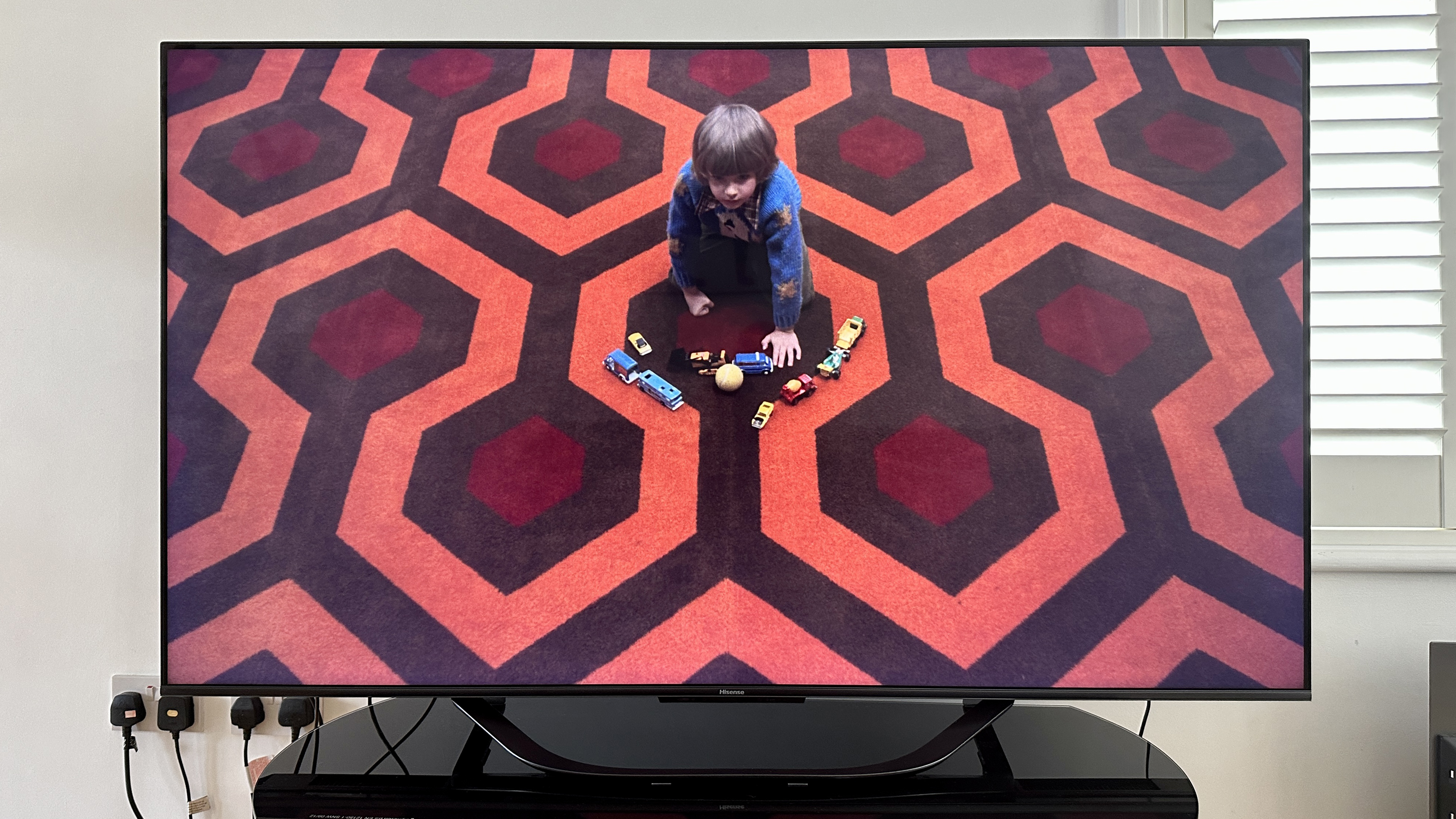
It does equally well with skin tones and textures, draws edges with a steady hand, and can keep even very tight and/or complex patterns solidly defined. Depth of field is also pretty good.
It’s a similar story, up to a point, when you ask the Hisense to upscale some Full HD content. Edges lose just a little of their rigour, and detail levels take a hit too, but in broad terms the U7K remains a composed and enjoyable watch. That’s not the case if you step down from there in terms of resolution, though - this TV is quite judgemental should you decide you want to see some authentically old-school content. It lets details go astray, it manages the by-no-means easy trick of looking rather soft and a little edgy at the same time, and motion can get smeary quite readily. Fans of daytime TV should be aware.
And fans of sound of any kind need to be informed about the way the U7K’s audio system performs, too. It’s not in any way offensive, you understand, and it actually does quite decent work through the midrange - dialogue is distinct and detailed. But it’s boneless at the bottom of the frequency range and quite overtly rolled off at the opposite end - and as far as dynamic headroom goes, well, there’s next to none. The sound it makes is no bigger than the screen it accompanies - and so you really should think about budgeting for one of the best soundbars to accompany it.
Hisense U7K review: Design & Usability
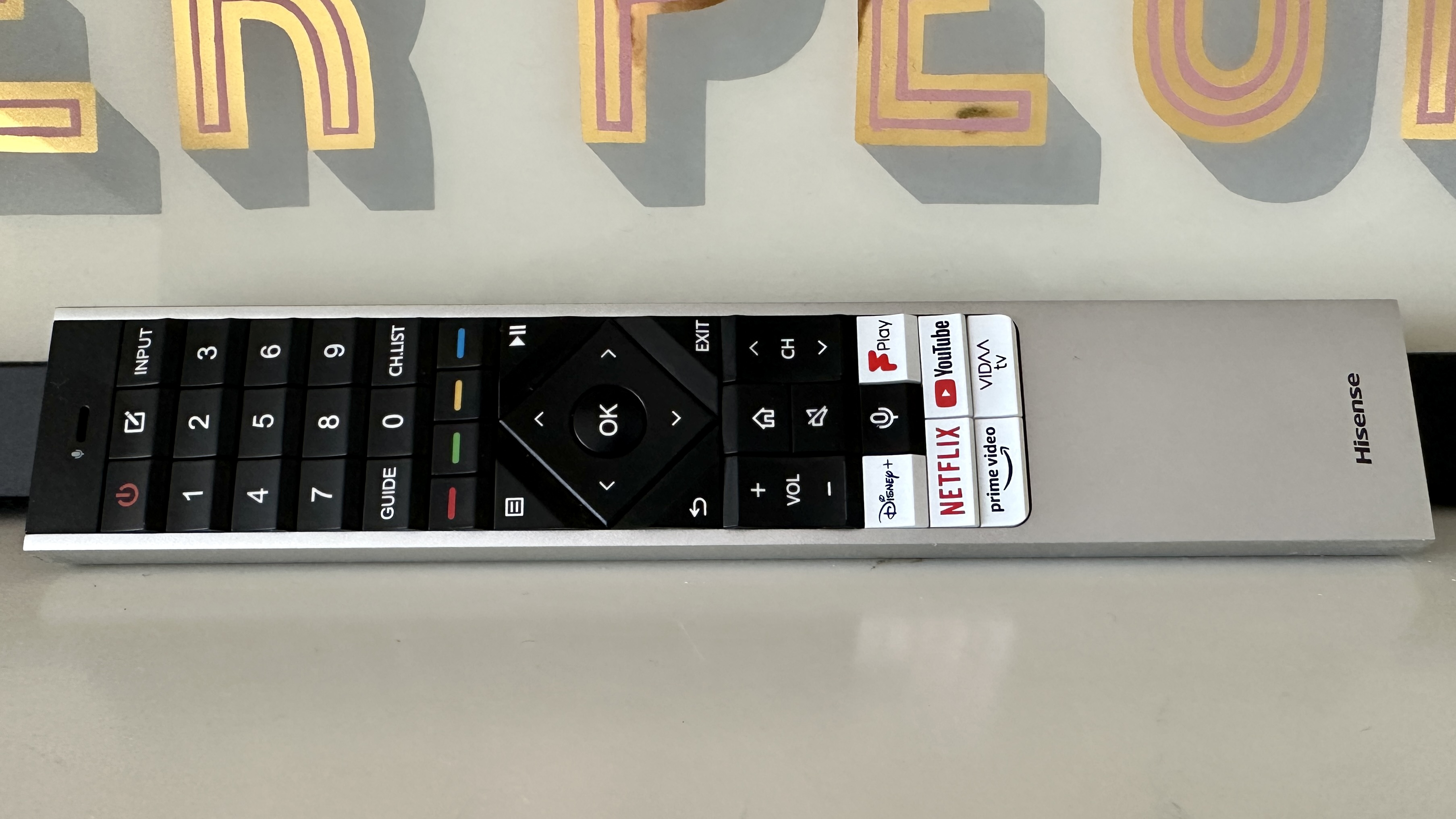
The Hisense U7K is a good-looking TV - as much as any TV can be described that way, at least. From dead ahead its bezels are very slim, and even in profile they’re just 5mm - and they’re made of aluminium, which makes for a mildly up-market feel. Overall set depth is 77mm, which means this isn’t the wall-hangingest TV you ever saw - but it’s VESA-compatible and so that's easy enough to achieve if you fancy. It weighs a bit less than 20kg, so shouldn’t be a burden on your plastering.
Otherwise, it sits on a sort of ‘half a hoop’ stand that’s made of plastic-covered metal and is mildly interestingly shaped when judged by prevailing standards. It’s fairly narrow, so you won’t need too wide a surface to stand your big new Hisense TV on.
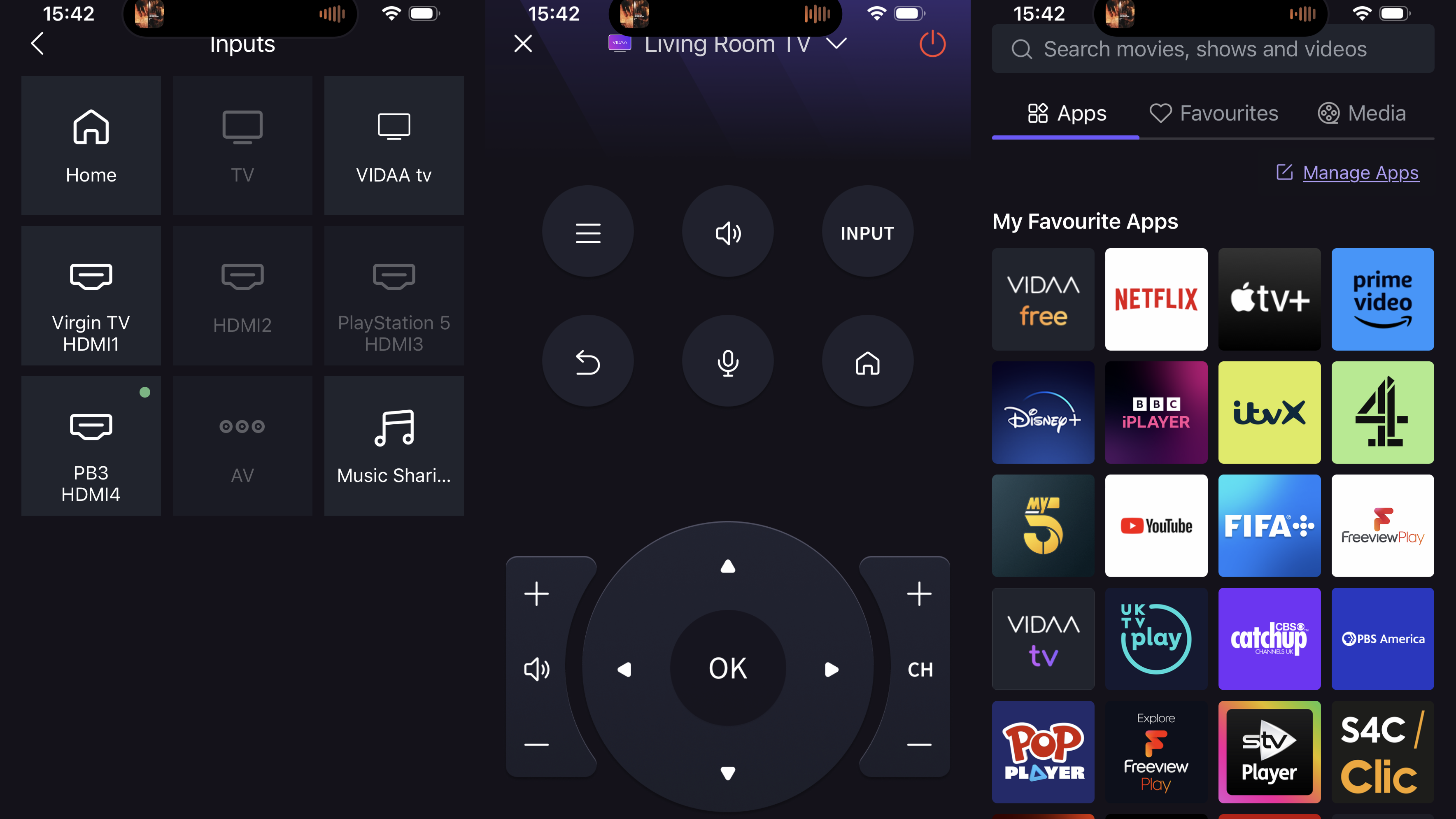
Interacting with the TV can be done in a number of ways. Hisense supplies a very agreeable remote control handset - it’s made mostly of metal, feels good in the hand and is comprehensively equipped with buttons that are helpfully sized and shaped. There’s a mic button on there, and a defeatable mic built into the screen too - so Amazon Alexa and VIDAA Voice control are both available. Or there’s the option of the VIDAA control app, free for Android and iOS.
Whichever method you choose, you’re in charge of some thankfully brief set-up menus and a gratifyingly comprehensive ‘VIDAA U7’ smart TV interface. All the catch-up and streaming service apps worth having are available, and all in their highest-resolution formats - and you even get access to the ‘VIDAA Free’ streaming service, which has more worthwhile content available than you might imagine. A smart TV interface that occupies the whole screen is never especially welcome, of course - but at least this one is easy to customise and doesn’t take forever to start making decent recommendations.
Hisense U7K review: Verdict
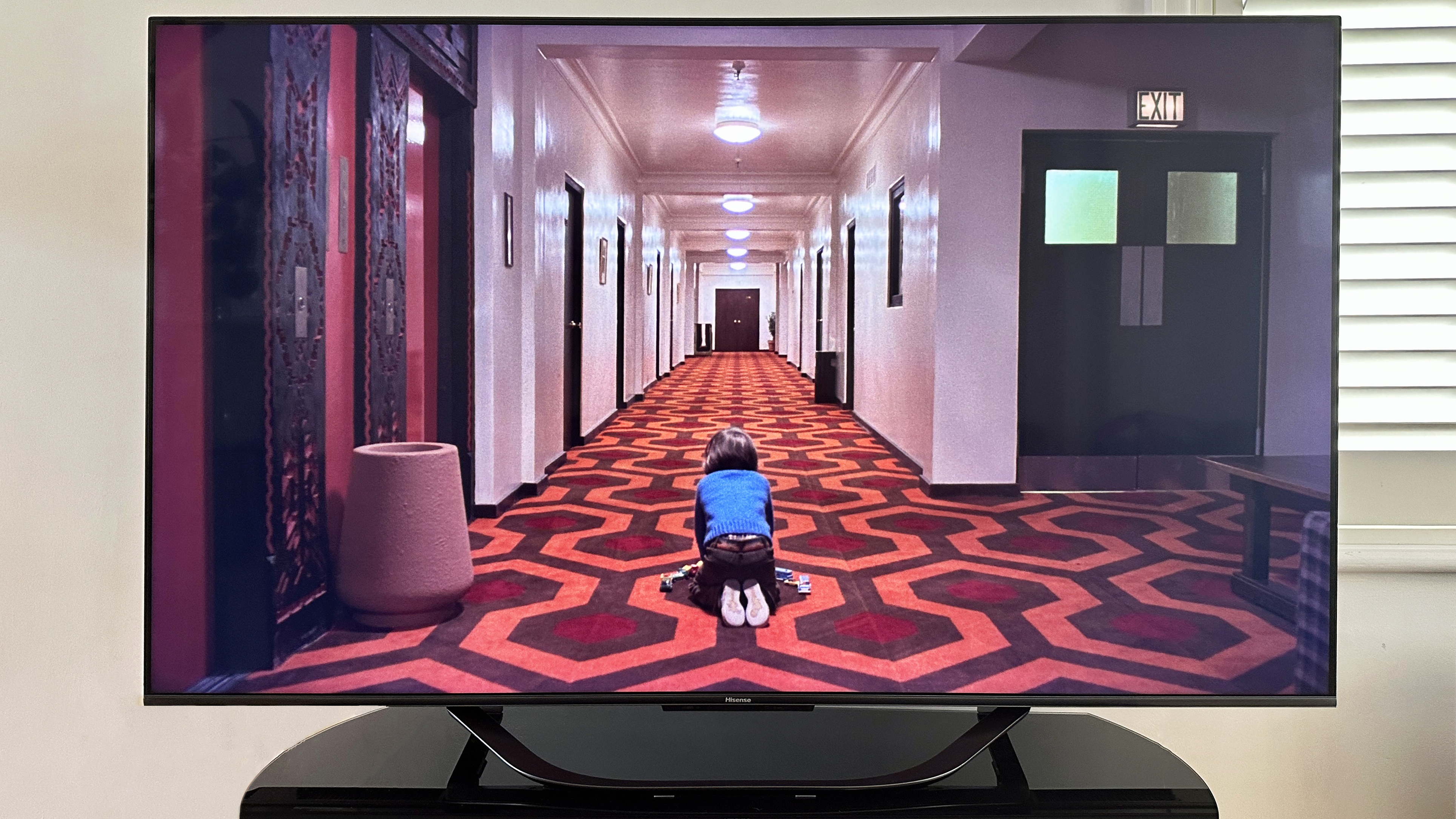
Very much a ‘hit’ with hardly a ‘miss’ on its scorecard, the Hisense U7K has plenty going for it as long as you stay within its comfort zone. Which means no content of less than 1080p resolution, and no listening to it in any kind of meaningful way. Budget for a soundbar and you're in for a very well-priced treat though.
Overall: if you want big, accomplished high-resolution images from an impressively specified television, and you’re not bothered about the cachet of the brand logo it carries, the Hisense U7K is one of the best more affordable Mini LED packages on offer.
Also consider
Although it's pricier than the Hisense, an obvious competitor is the extremely capable Samsung S95C. Admittedly it doesn’t have Dolby Vision HDR, but it’s a gloriously accomplished TV to watch and not a chore to listen to either. If you want a current bargain then you should check out 2022’s LG OLED C2 - the fact that it’s been replaced by this year’s OLED C3 doesn’t make it a bad screen by any means, it just makes it usefully more affordable.
Sign up to the T3 newsletter for smarter living straight to your inbox
Get all the latest news, reviews, deals and buying guides on gorgeous tech, home and active products from the T3 experts
Simon Lucas is a freelance technology journalist and consultant, with particular emphasis on the audio/video aspects of home entertainment. Before embracing the carefree life of the freelancer, he was editor of What Hi-Fi? magazine and website – since then, he's written for titles such as Wired, Metro, the Guardian and Stuff, among many others. Should he find himself with a spare moment, Simon likes nothing more than publishing and then quickly deleting tweets about the state of the nation (in general), the state of Aston Villa (in particular) and the state of his partner's cat.
-
 New Casio G-Shock is half sci-fi nightmare, half Y2K chic
New Casio G-Shock is half sci-fi nightmare, half Y2K chicI hate how much I love this
By Sam Cross Published
-
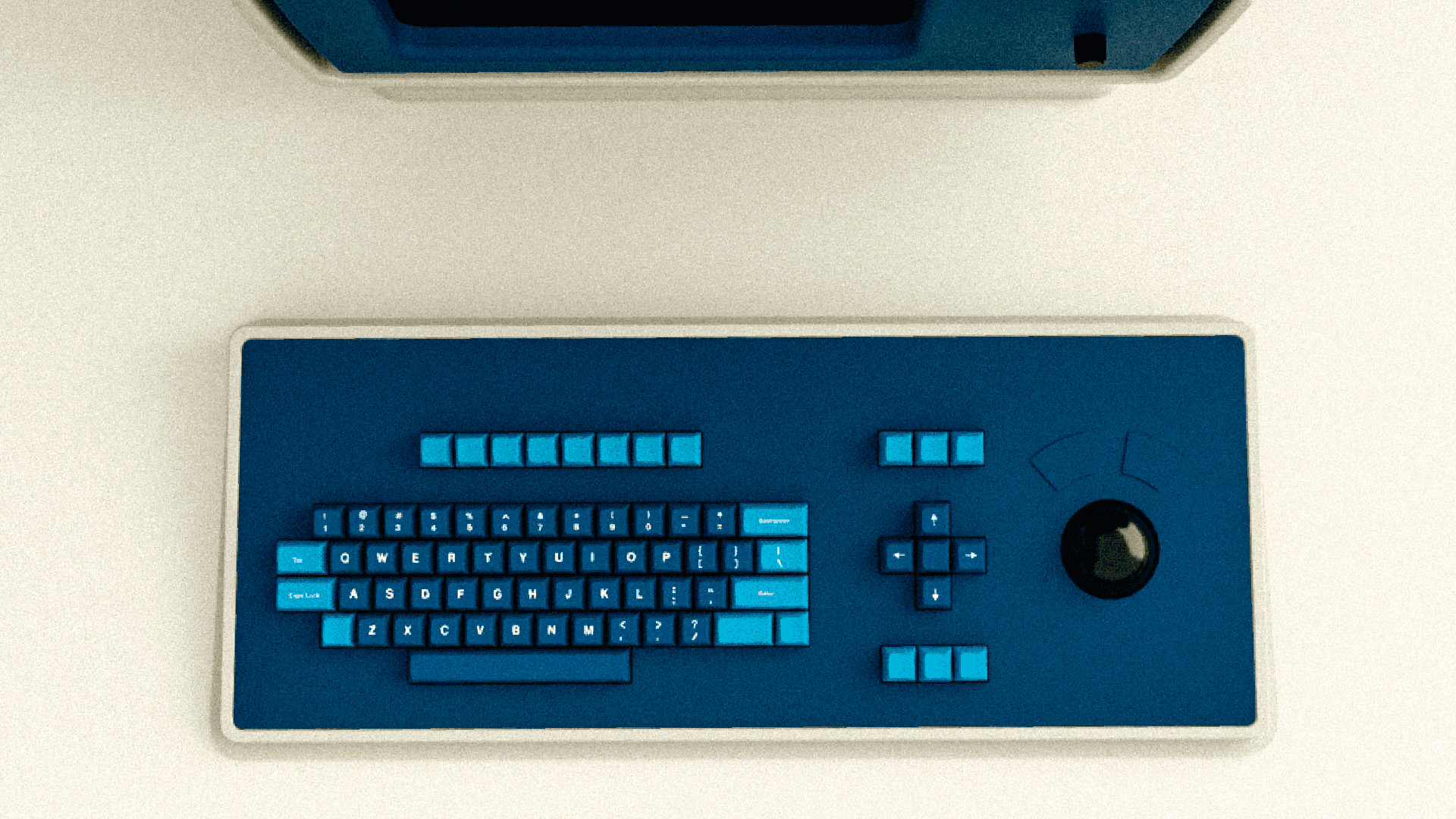 Apple's Severance computer may have been a joke, but the keyboard is coming for real
Apple's Severance computer may have been a joke, but the keyboard is coming for realTell us where we can sign up!
By Britta O'Boyle Published
-
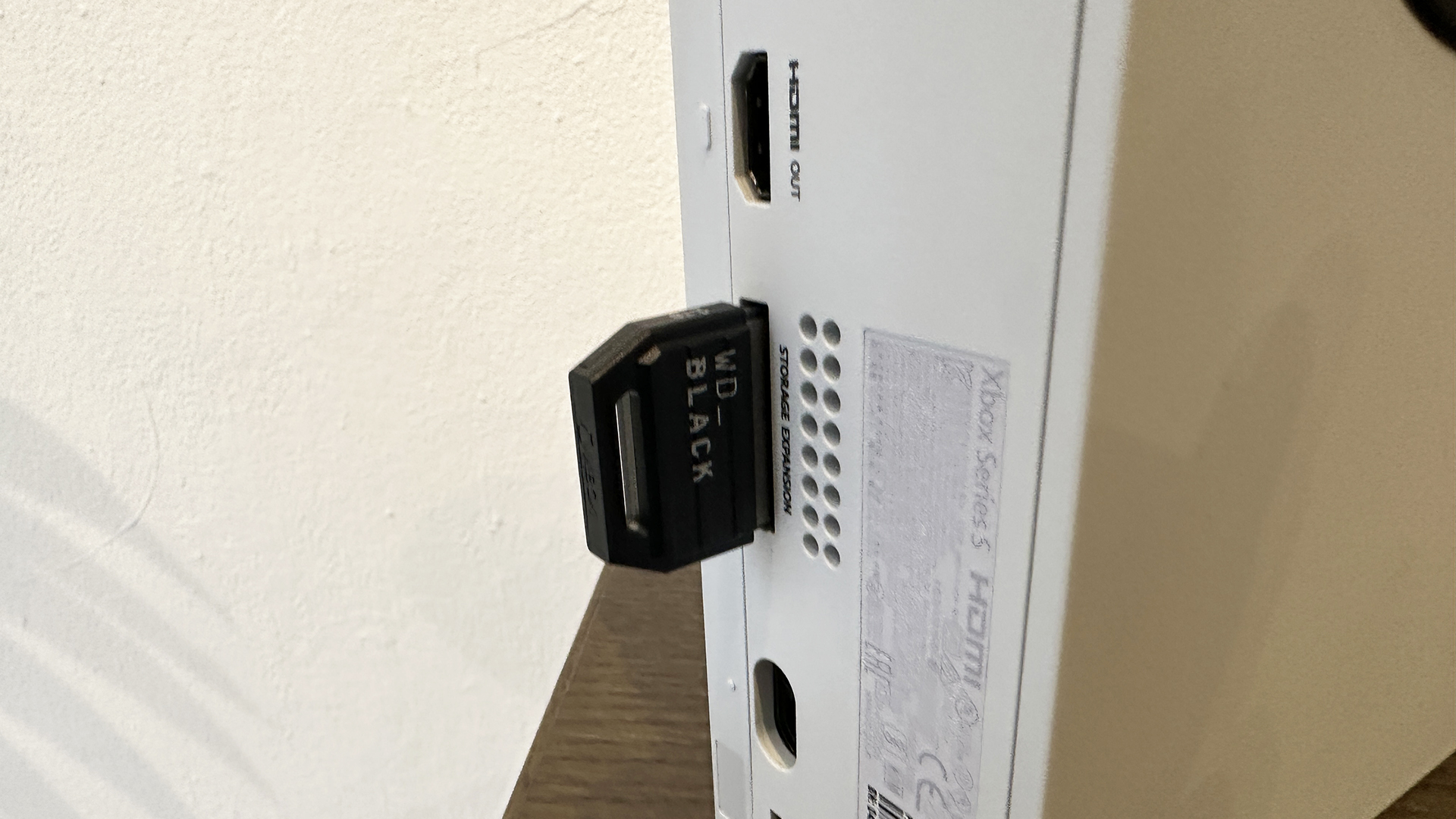 Xbox Series X/S storage space problems solved by a sneaky Xbox Game Pass update
Xbox Series X/S storage space problems solved by a sneaky Xbox Game Pass updateYou may never have to buy external storage again
By Rik Henderson Published